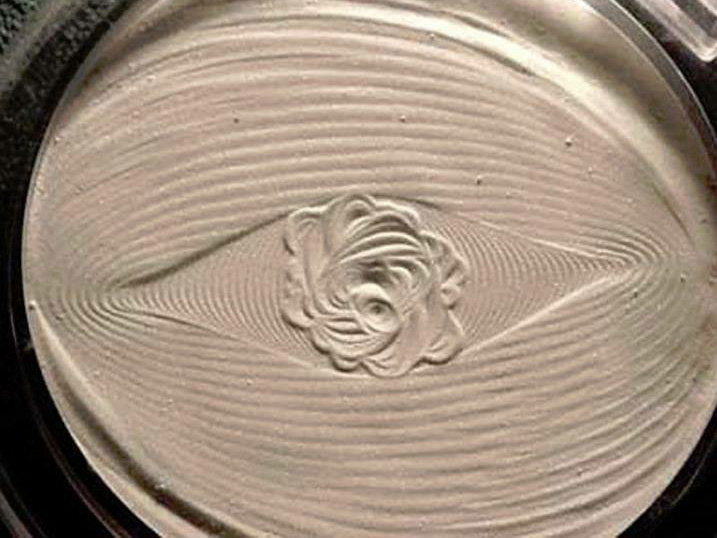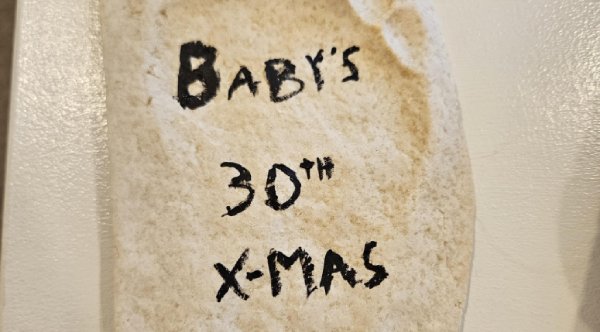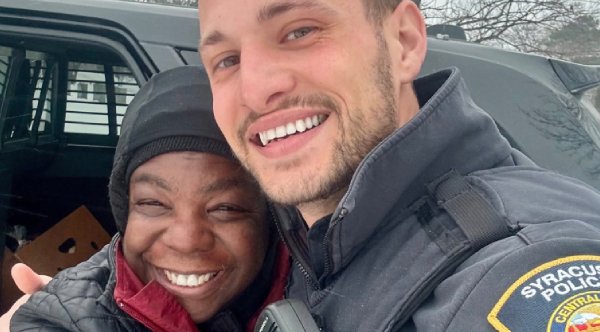An Earthquake Rattled His Store. Then He Noticed What The Sand Pendulum Created
September 21, 2016
When a magnitude 6.8 earthquake shook Olympia, Washington, in 2001, shop owner Jason Ward discovered that a sand-tracing pendulum had recorded the vibrations in the image below.

Credit: Jason Ward
For anyone wondering, this is how a sand pendulum works:
Ward says the rose-like shape was formed by the trembling pendulum during the 45 seconds the quake shook the Pacific Northwest.

Credit: Jason Ward
You can see two distinct pendulum motions here that relate to the type of seismic wave and their timing. The primary wave, or P wave, occurs first and is a short, vertical (up and down) movement. This is marked in the sand by the diamond shaped pattern in the background. Then there is pause (depending on how far you are from epicenter), giving the pendulum time to get back towards center. Then the secondary wave, or S wave, hits. The S wave is a more varied in its movements and last for a much longer time. This is the worm nest looking thing in the middle that has overwritten the center of the P wave pattern.
Click Here For The Most Popular On Sunny Skyz
 Boy With Down Syndrome Nails The Whitney Houston Challenge, And The Crowd Goes Wild
Boy With Down Syndrome Nails The Whitney Houston Challenge, And The Crowd Goes Wild
 The Funniest Wildlife Photos Of 2025 Are Here ŌĆö And TheyŌĆÖre Hilarious
The Funniest Wildlife Photos Of 2025 Are Here ŌĆö And TheyŌĆÖre Hilarious
 This 30-Year-OldŌĆÖs Christmas Gift To His Mom Is Going Viral
This 30-Year-OldŌĆÖs Christmas Gift To His Mom Is Going Viral
 Police 'Arrest' A Lost Cat For 'Assault' ŌĆö And She Has No Regrets
Police 'Arrest' A Lost Cat For 'Assault' ŌĆö And She Has No Regrets
 A Couple Invited A Homeless Man In On Christmas ŌĆö And He Never Left
A Couple Invited A Homeless Man In On Christmas ŌĆö And He Never Left
 Police OfficerŌĆÖs Simple Question Leads To An Unforgettable Christmas Moment
Police OfficerŌĆÖs Simple Question Leads To An Unforgettable Christmas Moment
 He Asked For Help Wrapping A Christmas Present ŌĆö Then Surprised Her With A Life-Changing Gift
He Asked For Help Wrapping A Christmas Present ŌĆö Then Surprised Her With A Life-Changing Gift
 You Have To See This 'Piggy Train' Trotting Through The Snow
You Have To See This 'Piggy Train' Trotting Through The Snow
 This Teacher Found A Simple Way To Make Every Student Feel Loved
This Teacher Found A Simple Way To Make Every Student Feel Loved
 Beaver Casually Drags Branch Through Public Area While People Cheer
Beaver Casually Drags Branch Through Public Area While People Cheer
 Coldplay's Chris Martin Surprises Couple At Wedding
Coldplay's Chris Martin Surprises Couple At Wedding
